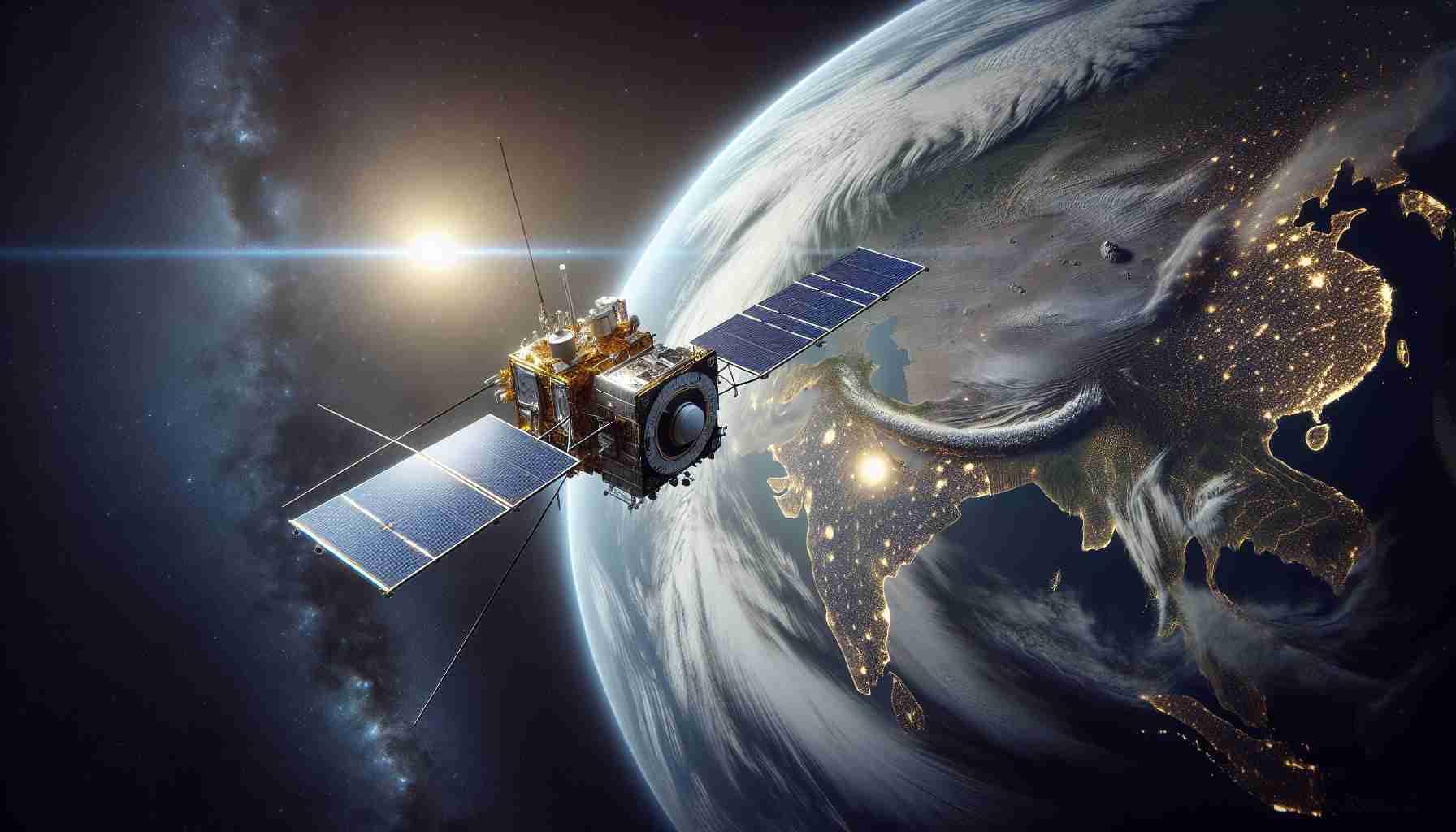
Ovzon has announced an exciting extension regarding the operational lifespan of its recently launched satellite, Ovzon 3. Initial estimates from the manufacturer suggested a service life of 15 years, but new assessments indicate that the satellite is expected to function effectively for up to 18 years, with its operational viability projected to last until 2042.
This extended lifespan has significant financial implications. The company anticipates a reduction in annual depreciation costs, now projected at 20 million Swedish Krona (MSEK), which bolsters Ovzon’s financial outlook on this strategic asset.
Launched on January 3, 2024, Ovzon 3 successfully reached its designated orbit by the end of the second quarter of that year. Following its entry into commercial service in the third quarter, Ovzon 3 has been categorized as a fixed asset, officially commencing the depreciation process.
The operational success of both the launch and subsequent service rollout highlights the meticulous planning and execution involved. The CEO of Ovzon expressed satisfaction over the seamless deployment and the favorable assessment from the manufacturer, indicating that this extended operational duration enhances the company’s return on investment.
With Ovzon 3 now fully operational, the company is well-positioned to leverage its advanced capabilities for years to come. The satellite’s enhanced longevity is a strategic advantage in an increasingly competitive telecommunications landscape.
Ovzon 3 Satellite Set for Extended Operational Life: A Closer Look
In a noteworthy development for the telecommunications sector, Ovzon recently announced that its Ovzon 3 satellite, which launched on January 3, 2024, will benefit from an extended operational life. Originally projected for a service life of 15 years, improvements in technology and performance assessments now estimate the satellite’s operational viability could extend up to 18 years, pushing its active lifespan until approximately 2042. This extension is particularly relevant given the increasing demand for satellite-based communication and broadband services globally.
Why extend the operational life of a satellite? One of the primary motivations for extending a satellite’s operational life is cost efficiency. With annual depreciation costs expected to be halved to 20 million Swedish Krona (MSEK), Ovzon’s strategic asset not only enhances its capital expenditure management but also boosts overall profitability. The financial implications are significant, enabling the company to better allocate resources towards innovation and service expansion.
Key Challenges and Controversies
As with any significant operational milestone, several key challenges and controversies emerge in the context of Ovzon 3’s extended lifespan. One central question is whether extending a satellite’s life affects its performance. There are concerns regarding the aging of the satellite’s components and their potential failures. Satellite operators must balance the risks of prolonging service life against the need to invest in newer technologies.
Another controversial topic revolves around regulatory compliance and spectrum allocation. Satellites like Ovzon 3 require frequency coordination with other satellites and terrestrial networks. As the demand for bandwidth increases, potential conflicts over spectrum use may arise, further complicating operational longevity.
Advantages and Disadvantages
Advantages:
1. Cost Savings: The potential for reduced annual depreciation translates into enhanced financial stability and investment capacity.
2. Market Positioning: An extended operational life positions Ovzon as a formidable competitor in the satellite communication market, potentially increasing customer retention.
3. Sustained Service: An operational satellite for a longer duration allows for continued service to existing customers, along with the ability to attract new clientele seeking long-term solutions.
Disadvantages:
1. Aging Equipment Risks: Older satellites may face more frequent technical issues as components degrade over time, potentially impacting service quality.
2. Technological Obsolescence: As technology continues to evolve rapidly, ongoing reliance on older satellites may result in missing out on the benefits of newer, more advanced systems.
3. Regulatory Hurdles: Complexity in compliance with changing regulations can pose challenges in the satellite’s extended operational phase.
Looking Ahead
The extended operational life of Ovzon 3 indicates a growing trend within the telecommunications industry, where companies seek to maximize ROI through maintaining and upgrading existing assets rather than investing solely in new projects. This strategic decision could influence how other satellite operators approach their service plans in the future.
For further information about Ovzon and their innovative satellite communications, visit Ovzon’s official website.



